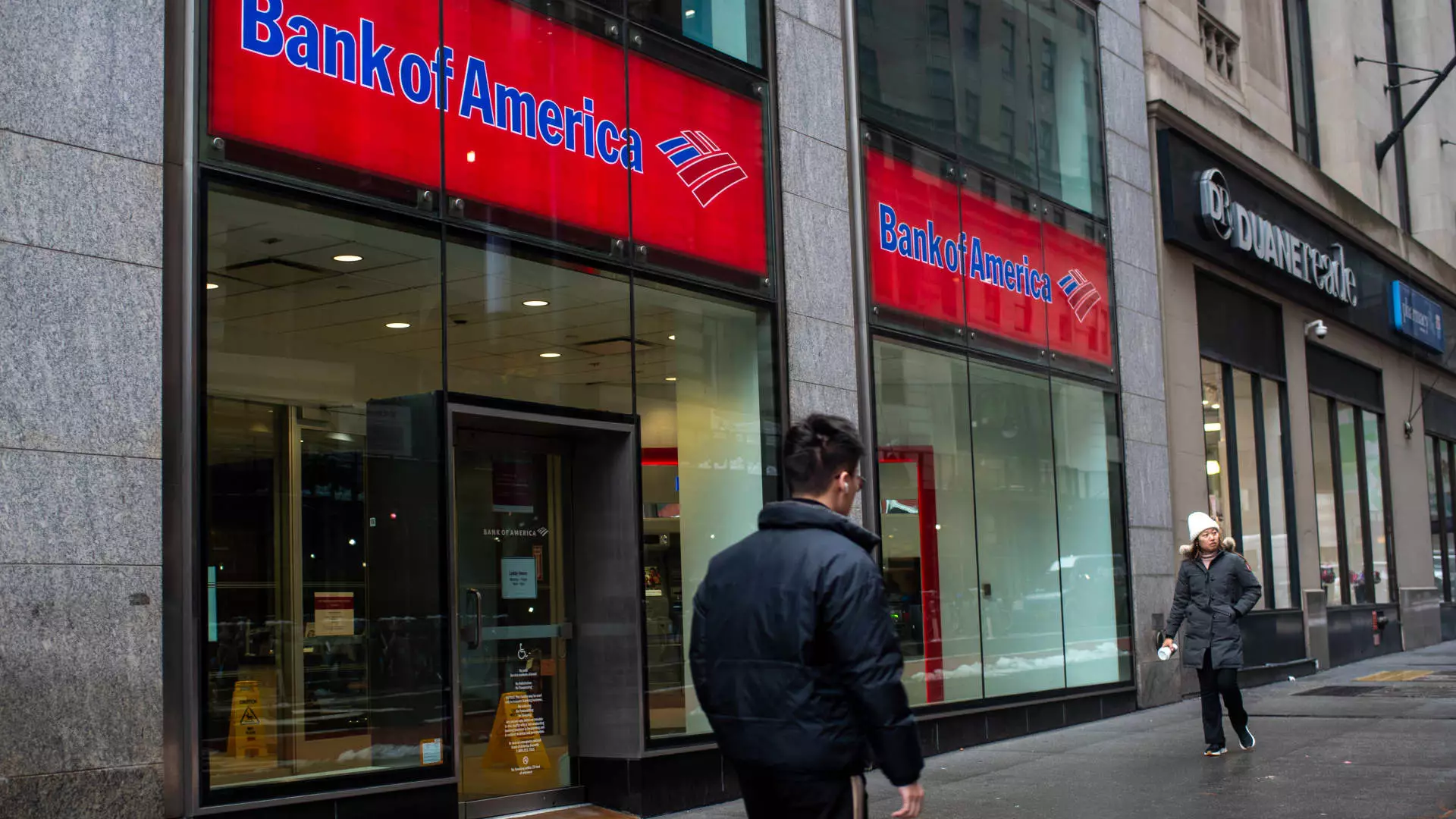In an age where seemingly endless market upswing can lull investors into complacency, relying solely on capital gains is a perilous strategy. The recent market calm, despite geopolitical tensions and impending tariff-offs, underscores a vital truth: resilience in investment portfolios is rooted in strategic income streams. Dividend-paying stocks, particularly those with a consistent history of increasing payouts, serve as a counterbalance—a fortress against volatility—that many overlook. But this safety net isn’t universal; it’s world of nuance and discernment, requiring investors to focus on quality rather than mere yield.
The allure of dividend stocks lies in their promise of steady income, especially when markets tremble. Yet, not all dividends are equal. Companies with a proven track record of increasing dividends, known as dividend growth stocks, deliver more than just passive income—they signal financial health, operational discipline, and adaptability. Goldman Sachs’ recent spotlight on such stocks reveals an underserved truth: the best dividend payers are those where payouts are supported by robust earnings and free cash flow. This suggests that a well-covered dividend—one that isn’t driven solely by borrowed money or temporary boosts—is fundamentally more sustainable in turbulent times.
Crucially, when scrutinizing potential investments, one should look beyond the headline yields and examine the dividend coverage ratio. If a company’s income from operations comfortably covers dividend payments, it enhances the likelihood that the payout will be maintained, regardless of economic headwinds. The stress tests of financial institutions like Bank of America, Citigroup, and Wells Fargo illustrate this principle. As these major banks pass stringent regulatory scrutiny, their increased dividends signal genuine confidence in their financial endurance. For investors, such signals are invaluable, especially amid geopolitical uncertainties and trade tensions, which threaten to upend markets without warning.
From Financials to Utilities: The Spectrum of Dividend Stability
The diversity within dividend growth stocks extends from financial stalwarts to utilities, reflecting varying strategies for resilience. The banking sector, bolstered by regulatory approval and recovery signals, offers an appealing dividend-growth story. Banks are leveraging their strengthened balance sheets to return more to shareholders, betting on continued recovery and economic stability. The projected double-digit growth in dividends for institutions like Citi and Bank of America is not just a sign of confidence; it’s a calculated move assuming stability in the broader economic environment.
Utilities, often considered the bedrock of dividend portfolios, tend to offer more consistent yields. Companies like NextEra Energy and American Electric Power represent the duality of utility investing: while renewable energy companies are often lauded for growth potential, traditional utility firms offer a safer haven. Despite recent political shifts, American Electric Power’s steady 12% year-to-date increase and consistent dividend growth point to a resilient business model anchored in essential services. Conversely, NextEra Energy’s tumble following executive orders on subsidies highlights a core risk—political machinations can threaten even the most promising renewable energy investments.
Meanwhile, real estate investment trusts (REITs) like American Homes 4 Rent demonstrate the importance of sector-specific resilience. While the stock has dipped slightly this year, the consistent dividend yield and positive long-term outlook reflect a strategic focus on ever-present demand for housing. REITs often trade at a premium for their tax advantages and stable income streams, yet they’re not immune to economic downturns. Investors must carefully weigh sector-specific risks with the dividend potential, an exercise in discernment, especially when market sentiment shifts unexpectedly.
The Fallacy of Yield-Only Investing and the Power of Growth
A superficial focus on high yields can lure investors into traps—companies that pay seemingly attractive dividends but threaten sustainability through poor earnings coverage or declining business fundamentals. The smarter approach emphasizes dividend growth coupled with strong earnings and free cash flow; these are the real indicators of a payout’s durability.
A crucial insight is that dividend growth companies provide an added layer of protection: their increasing payouts can outpace inflation and offset market downturns. Goldman Sachs’ favored stocks boast at least a 5% annualized growth rate in dividends, indicating not just income but increasing income—an important facet in maintaining purchasing power during turbulent periods.
Yet, investors must guard against complacency. The recent downturn in clean energy stocks like NextEra Energy after policy shifts showcases how external factors can rapidly change the landscape. Political decisions, regulation, and macroeconomic shocks can challenge even well-established companies. Disciplined investors, therefore, must diverge from the “set-it-and-forget-it” mentality and continuously scrutinize the underlying fundamentals that support dividend payments.
Finally, perpetual vigilance and a focus on quality matter more than ever in today’s unpredictable geopolitical climate. The best dividend-paying stocks are those that demonstrate genuine earnings coverage, solid cash flow, and the ability to grow payouts—not just yields. For the prudent investor with a center-right outlook, emphasizing financial discipline and sector diversity ensures that their portfolio remains a resilient fortress amid uncertainty, providing stability not by chance but through strategic selection of fundamentally sound companies.

